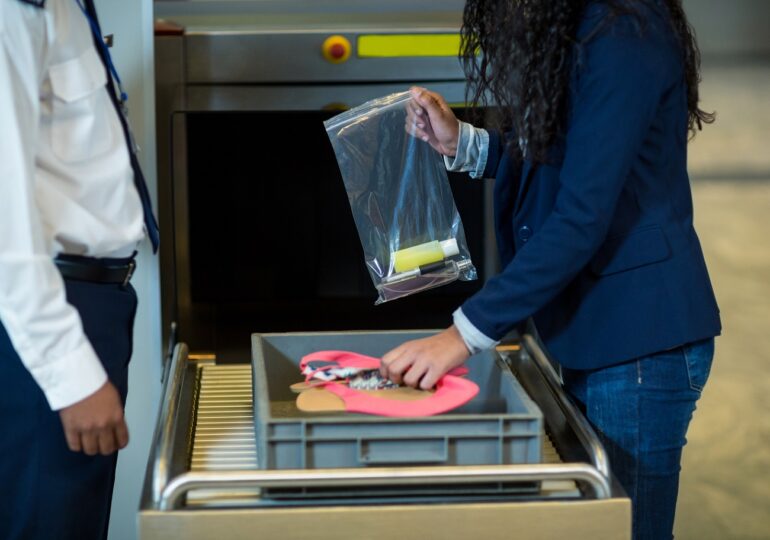EU and UK airports reintroduced the rule limiting liquids to a maximum of 100 ml in carry-on luggage on Sunday. State-of-the-art scanners have failed to eliminate security risks.
Those hoping to escape the restrictions on liquids in carry-on luggage are disappointed: starting September 1, European airports are once again enforcing strict rules.
The measure comes after several EU countries had lifted the 100 ml limit on liquids carried in hand luggage, but it was reinstated due to a "temporary technical issue" with the new-generation scanners at airports. The UK made the same move earlier in the summer, as reported by BBC.
As a result of this decision, air travelers can no longer pass through airport security with a regular bottle of perfume, sunscreen cream, or a drink in their hand luggage if they exceed the 100 ml limit.
Modern Scanners, Bought in Vain
Passengers worldwide had grown accustomed to the 100 ml limit for liquids, pastes, and gels in carry-on luggage, which must be placed in a transparent plastic bag. However, new CT X-ray scanners were supposed to allow larger quantities of liquids in hand luggage, as well as laptops.
Some EU airports, such as those in Rome and Amsterdam, have already introduced these new scanners and relaxed restrictions, but most have not. Others were testing the new technology.
The European branch of the Airports Council International (ACI) estimates that around 350 of these new-generation scanners are currently in use in 13 EU countries, including Germany, Ireland, Italy, Lithuania, Malta, the Netherlands, and Sweden.
Romania is among these countries, with 3D scanning technology being introduced at airports in Cluj-Napoca, Timisoara, and Sibiu.
The EU announced the reintroduction of the 100 ml rule to address a technical issue with the new equipment, without specifying the nature of the issue.
Same Situation in the UK
The UK reverted even earlier to the 100 ml rule.
The optimistic predictions that all British airports would lift the liquid restrictions in carry-on luggage did not materialize. The previous Conservative government had mandated the installation of scanning equipment in airports by June 2024, but the deadline was not met.
Only some airports in London and those in Middlesbrough, Newcastle, Leeds, Aberdeen, and Southend met the deadline and lifted the 100 ml limit. Heathrow, Gatwick, and Manchester failed to introduce the new scanners for various reasons, from complex construction works to logistical issues, and were given new deadlines.
In mid-June, the Department for Transport abruptly announced that the 100 ml limit for liquids must be reintroduced at airports where it had been lifted.
Why Did the EU and the UK Change Course?
In July, the European Commission announced that the maximum limit allowed for individual liquid containers in carry-on luggage will be reduced to 100 ml.
No date was announced for when the restriction will be lifted.
The Commission stated that the decision was not made due to any threat but because of a technical issue with the new-generation scanners.
"The imposition of these temporary restrictions is driven by the need to review certain technical configurations of the standard C3 security equipment to enhance their performance," stated Cluj International Airport in a press release.
ACI Europe criticized the restriction in July, calling it "a setback for passenger experience and a blow to the major investments made by airports."
The organization's Director General, Olivier Jankovec, stated that security was a top priority, but "those who have adopted this new technology are heavily penalized both operationally and financially."
T.D.

